Fall’s cooler temperatures are a welcome relief after summer’s scorching days. However, those lower digits also increase fire hazards in the workplace. Some of these hazards are created by employers, while others are created by employees. No matter the cause, business owners should assess their fire risk and take action to prevent a disaster.
- Flammable Materials– Employers must carefully and regularly examine areas that contain flammable items such as fuel, chemicals, wood, packing materials and even flour and sugar. These areas must not contain anything that can create a spark, such as electrical equipment, heaters or water heaters.
- Sources of Ignition– All items that can create a spark or flame must be inspected annually. This includes the main heating system as well as industrial equipment that gets hot or creates a flame. Proper maintenance and cleaning will prevent these items from malfunctioning and becoming fire hazards.
- Space Heaters- One of the biggest safety hazards created by employees is the use of space heaters. Cold-natured employees often rush to plug in their space heaters at the first sign of lower temperatures. However, many of these heaters are old and have not been properly maintained or cleaned, which presents a fire hazard. Additionally, employees don’t consider that the heater is placed too close to a trash can or other area with paper and flammable objects. Employers should ban space heaters for safety purposes or purchase them for the company and instruct employees on their proper use.
- Smoking Paraphernalia– Even when smoking is not allowed on a worksite, employees often have cigarettes, matches and lighters in their lockers or on their person. These flammable items can ignite if they come into contact with heat or if a lighter is accidentally lit. Businesses should formulate and enforce rules prohibiting smoking paraphernalia from being brought onto the work premise.

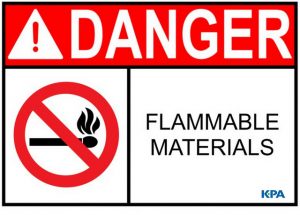

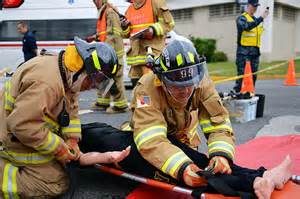

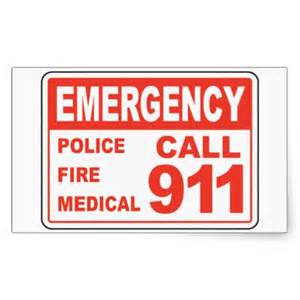


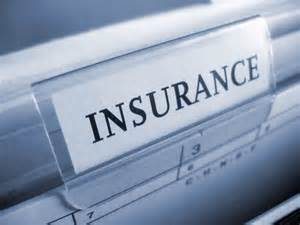
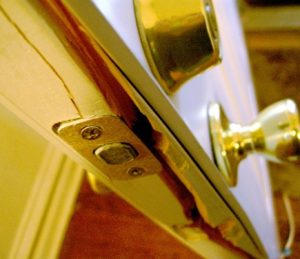
 Summer’s over, and now’s an affordable time of year to buy a new boat. You can grab your dream watercraft at a deep discount from boat dealers who need to unload inventory before winter hits and from private sellers who plan to upgrade in the spring. Before you buy your boat, though, use several tips to make sure you can purchase proper watercraft insurance coverage.
Summer’s over, and now’s an affordable time of year to buy a new boat. You can grab your dream watercraft at a deep discount from boat dealers who need to unload inventory before winter hits and from private sellers who plan to upgrade in the spring. Before you buy your boat, though, use several tips to make sure you can purchase proper watercraft insurance coverage.




